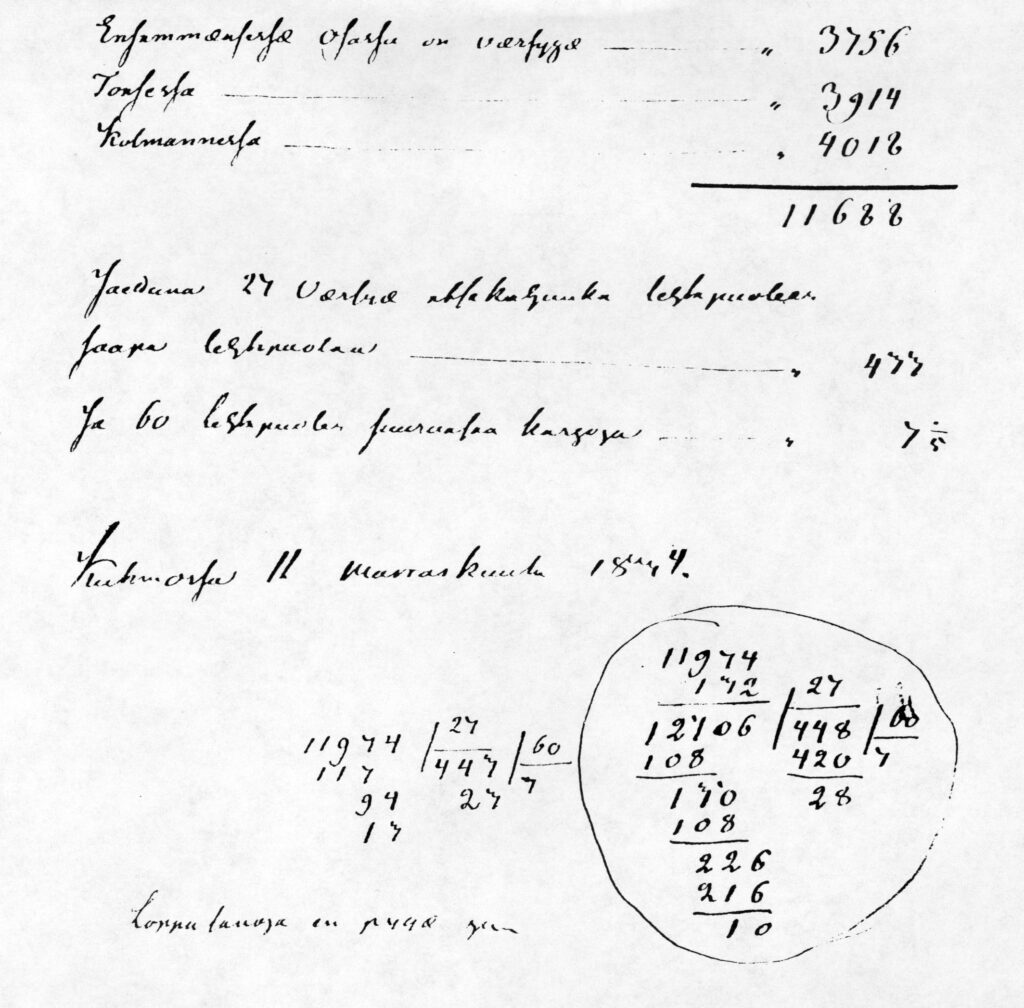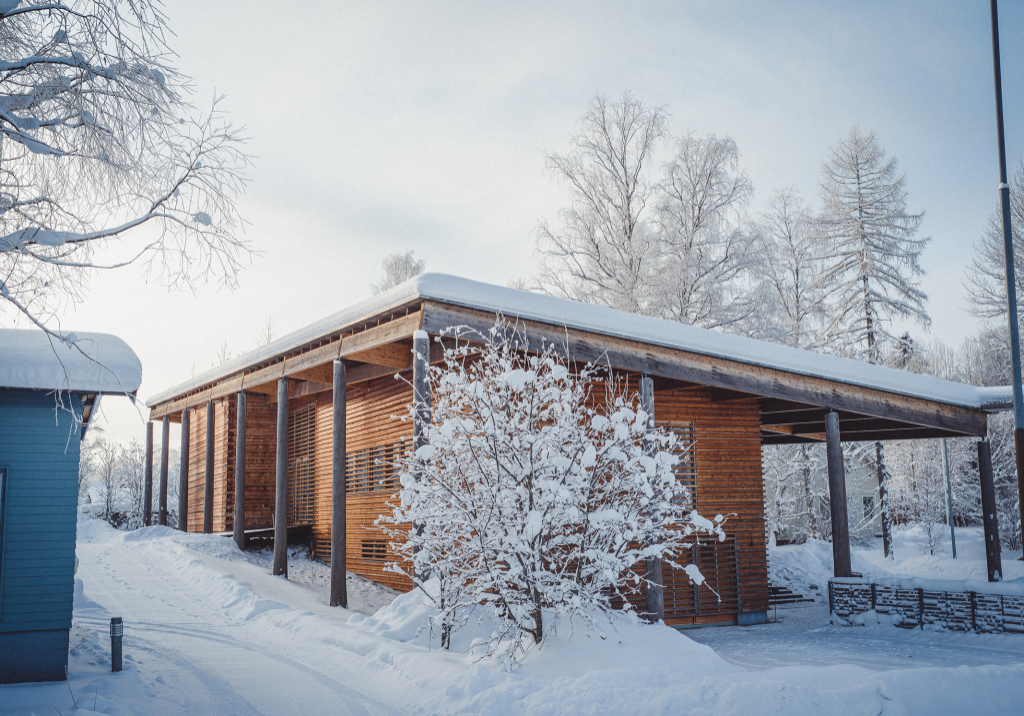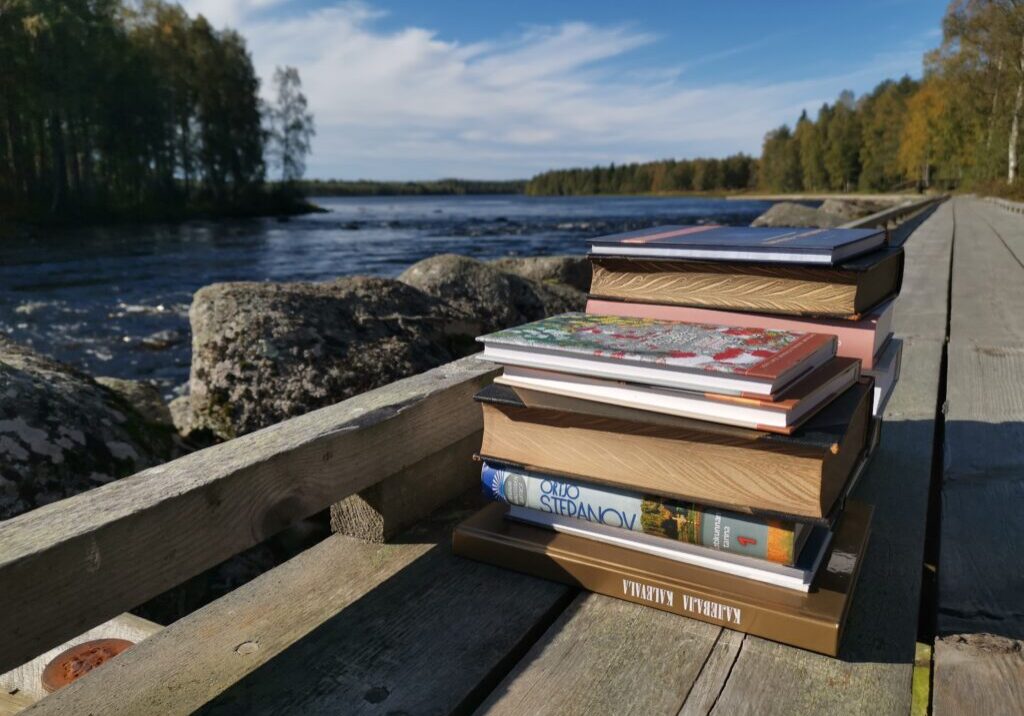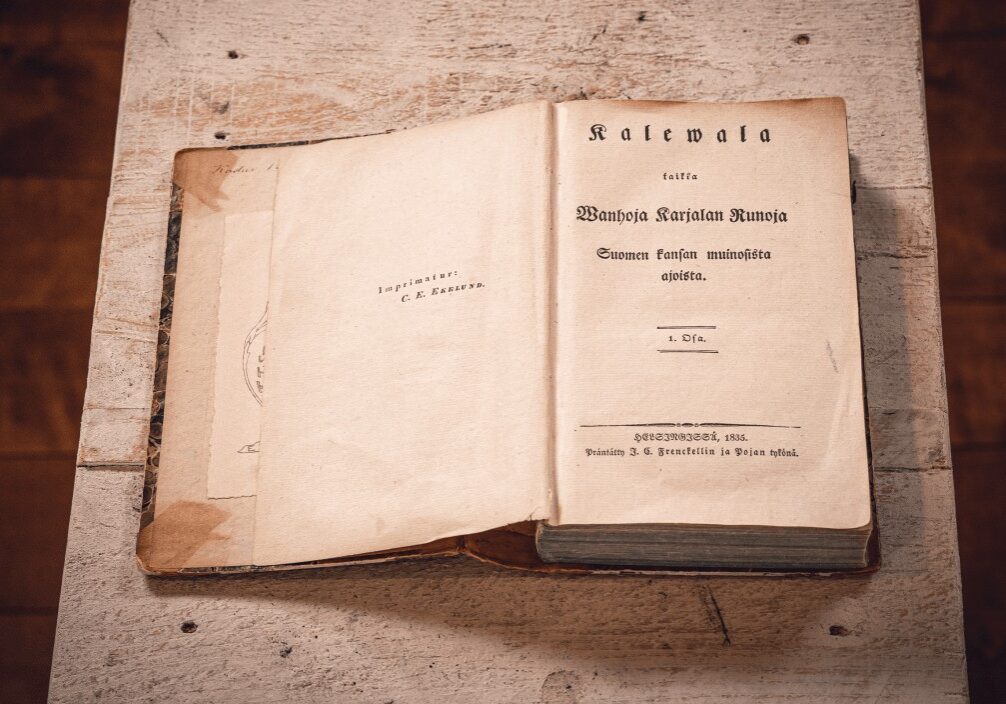Elias Lönnrot
"In the District of Kajaani people speak the clearest Finnish, as anywhere else I know in Finland."
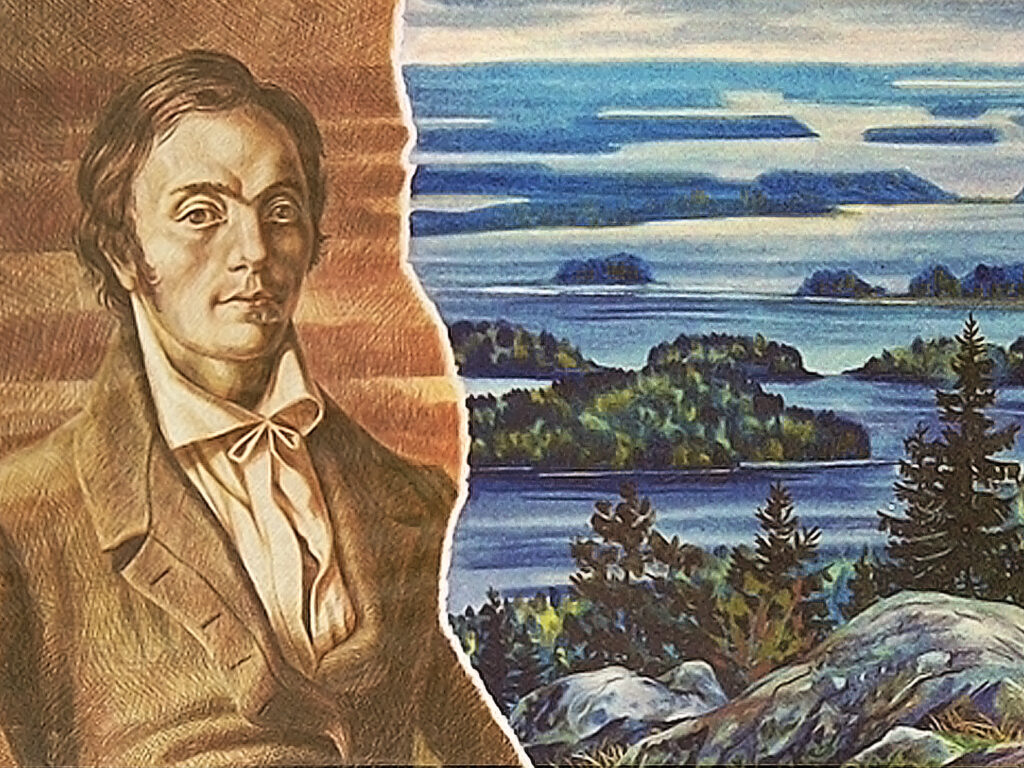
Elias Lönnrot is one of those great Finnish men that influenced the birth of Finland as a nation. J. W. Snellman was a national awakener. Lönnrot, on the other hand, provided Finland with a cultural basis for a common identity. Not only did he create a mythical past for Finland through the Kalevala, but he also developed the Finnish written language.
With the help of dictionaries, he gave the Finnish language to the Swedish-speaking intelligentsia and laid the foundation for many research activities, from botany to history. With his writings inspired by the Enlightment, he took care of many practical matters involving the uneducated people. He, if anyone, was the enlightener of the people.
Elias Lönnrot was born in Samatti on the 9th April 1802. He was so eager to learn that he manged to school, which was not common for a large family of tailors at that time. First he attended the school in Tammisaari and then in Turku. Although sometimes his studies were interrupted due to lack of funds, he got into Porvoo High School, but he quit since he got a place as pharmacy student in Hämeenlinna.
He studied hard by himself and managed to the Academy of Turku in 1822, the very same year J. W. Snellman and J. L. Runeberg attended too. He graduaded fom the Bachelor of Philosophy in 1827.
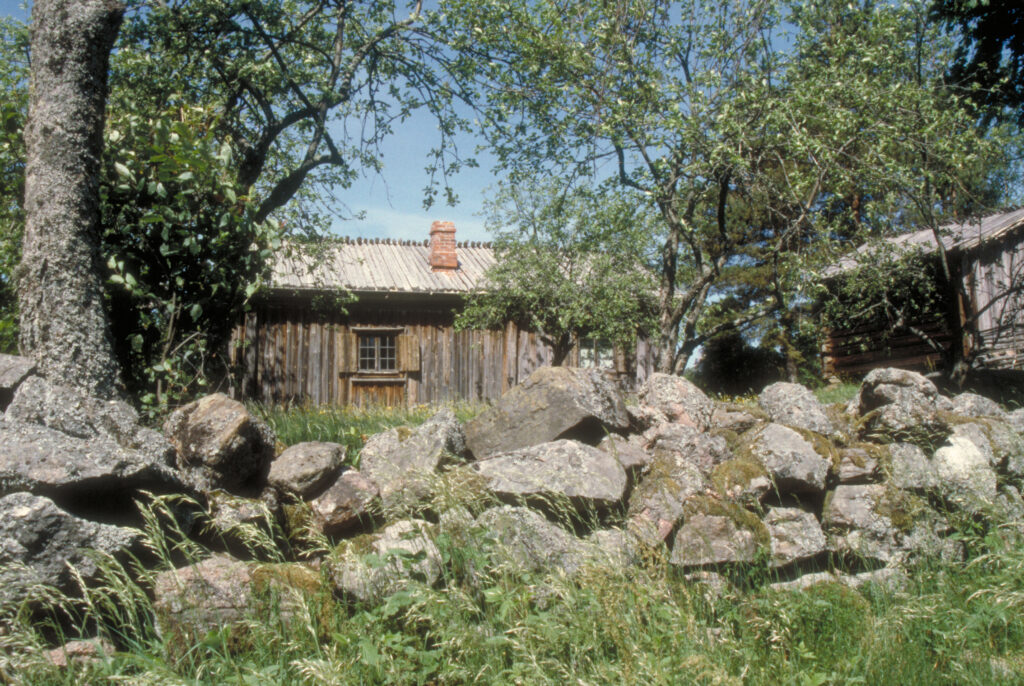
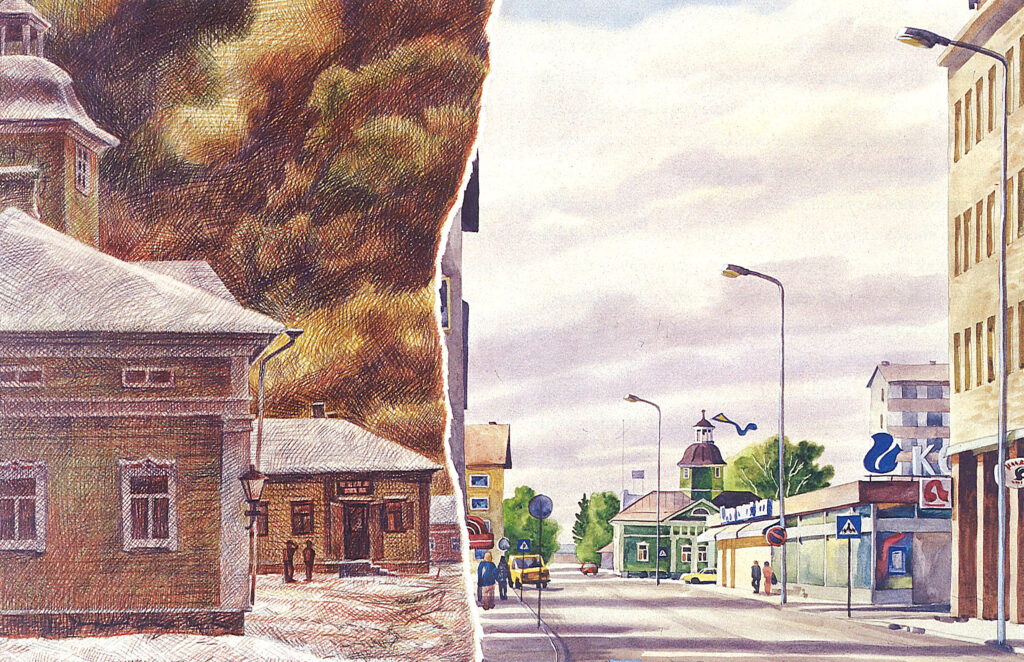
Elias Lönnrot was doubtless the most ardent traveler in Kainuu in his day. If for no other reason, he travelled because his work required it.
For two decades - from the beginning of 1833 to the end of 1853 - he worked as district physician of Kajaani, with responsibility for all of Kainuu. His inspections and vaccinations brought him to every village in the region.
Over and above the travel occasioned by his work -and sometimes in conjunction with it - Lönnrot travelled to Karelia to collect poetry and do linguistic research. At times, these interests took him even further afield: taking occasional leaves of absence, Lönnrot visited Lapland, the Kola Peninsula, the Archangel government, the Veps districts and Estonia.
It has long been thought that Hövelö, in Paltaniemi, was where the manuscript of the Kalevala was actually created. Lönnrot did work on the manuscript there; in fact, it was his home for those months in 1834 when the Kalevala took shape.
It is a rather different question, however, how much time Lönnrot actually spent in Hövelö in what was an intensive period of his life. Almost immediately upon returning to Kajaani from his fifth trip, Lönnrot took two months' leave (8 May - 23 July) to go to Helsinki for the express purpose of working on the epic's manuscript. However, he had only completed a scant third of the work before he had to return to his station in Kajaani at the end of July.
After two months of leave, he had a backlog of inspection trips to carry out and set himself an ambitious schedule (from August until the half of November) to discharge these duties. He completed all of his normal rounds in the district, taking the manuscript with him wherever he went and working on it whenever circumstances allowed.
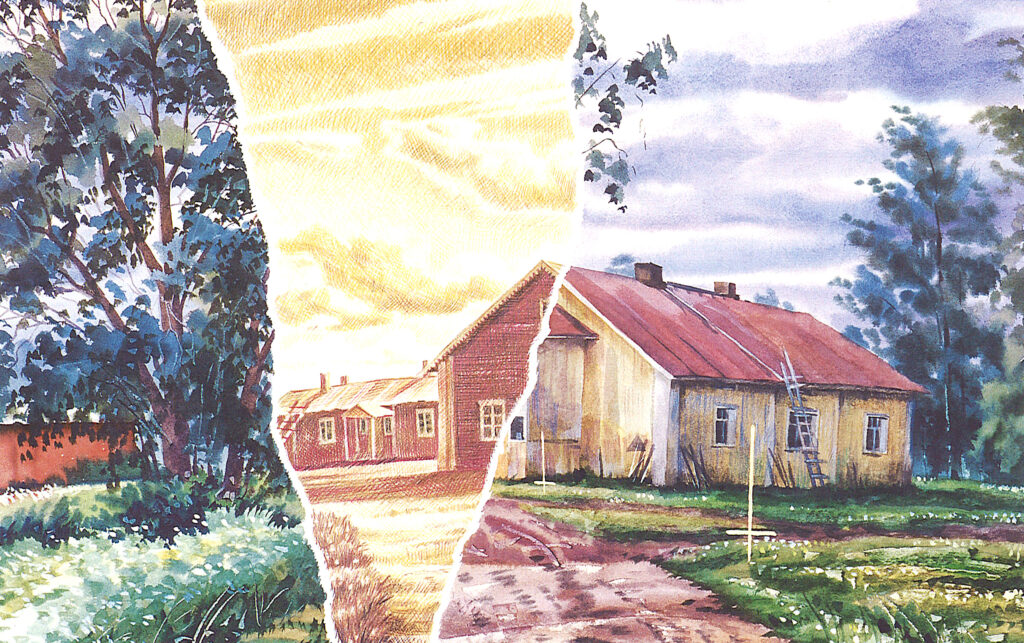
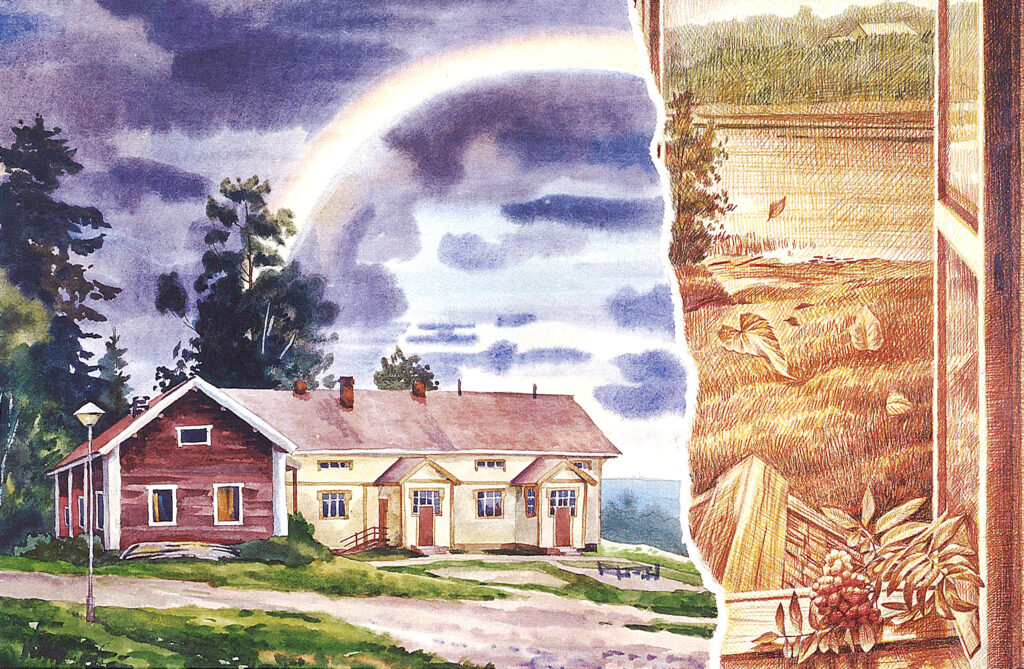
The original manuscript of the Kalevala comprises three notebooks. Lönnrot signed the first of these on 29 September 1834, soon after returning from a vaccination trip to Ristijärvi, Hyrynsalmi, Suomussalmi and Puolanka. Following that trip, he set out by boat along Lake Oulujärvi to Pyykkölä, Mananmansalo and Jaalanka.
Next his duties took him to Murtomäki, Saaresmäki, Säräisniemi and Rokua, and, somewhat later on a second inspection trip to Paltamo, Melalahti and Kivesjärvi. On 20 October, Lönnrot completed the second of the three books making up the manuscript. It, too, was signed in Kajaani, but much of the work that went into it was clearly done not only in Hövelö but also in the western parts of Kainuu.
As soon as the second book had been completed, Lönnrot left for Sotkamo and Kuhmo to administer vaccinations. Lönnrot thus crossed over into Russia - his stop in Repola - during his trip. It was during this journey that Lönnrot finished the remaining third of the Kalevala, for he signed the third book on 11 November in Kuhmo. At that point, the epic - complete save a foreword and minor revisions - was 11 688 lines in length; the final version was to comprise 12 078 lines.
On balance, all of Kainuu can be regraded as the birthplace of the Kalevala. Lönnrot recorded most of the poems, and the best ones, in the Karelia of the White Sea, but the final manuscript took shape elsewhere - in Helsinki and every municipality in Kainuu.
